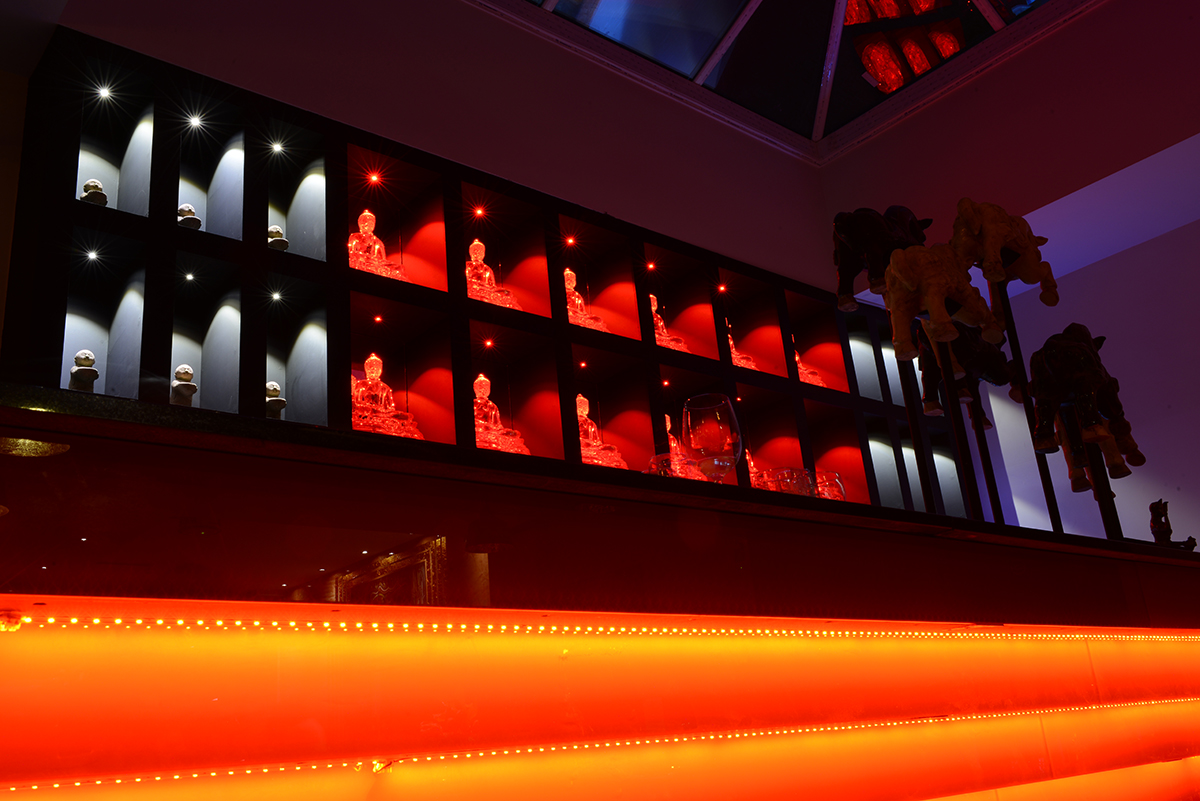The daily operations of a restaurant are typically action-packed. This is the main reason why it is crucial for management to be top-notch. Catering effectively to the requirements of customers is the foolproof strategy in ensuring the ability of the establishment to last in such a competitive industry.
Keeping up with the ever-evolving standards of today’s diners can be quite a challenge, though. The changes in their lifestyle affect their attitude toward how services are delivered to them.
For instance, “café entrepreneurs” have prompted popular brunch places and coffee shops to install power outlets per table to make charging the phones and laptops these customers use more convenient. In addition to that, many of these establishments have deemed it necessary to “re-train” their staff so they learn better hospitality practices, and maintain the loyalty of such customers with specific needs.
Another important factor that dining and drinking places need to address constantly is how to maintain their superior service during the busiest hours. The true test of good management is how it deals with the most hectic times of the day.
For this, a variety of solutions can be considered, many of which are technological provisions that do not only simplify processes but also expedite them. Rounded up below are a few tech-driven solutions as well as human-powered ways of ensuring a smooth flow of operations for busy restaurants.
1. Digital ordering systems
A lot of future-oriented dining destinations now use digital ordering systems to quickly and accurately get customer orders. With these, servers do not have to run around the restaurant getting orders from every table and consuming precious time confirming orders.
This system is often operated using a tablet computer, which also functions as a digital menu. Customers just need to press a few numbers for their orders and the information appears and gets processed in the kitchen.
2. Conveyor belt service
So far, only Japanese restaurants have been offering this optimal time-saving solution but other dining establishments should follow suit. Not only does this tech-driven provision speed up ordering and serving (both are done at the same time), it also makes the entire meal faster.
The plates are color-coded to make computing for the final cost easy as well. With this technology in restaurants, customers can move in and out of the establishment faster and go on with their own busy day.
3. Digital table reservation manager program
This allows restaurants to accommodate diners in the most efficient way possible. With this program, diners can reserve a table more easily and according to the time that they can be sure they will be seated. This gets rid of annoyingly long waiting times for them.
At the same time, this tech program provides the business with the opportunity to implement appropriate adjustments to be able to cater to more customers. For example, a bigger onslaught of reservations for lunch on a particular day gives the restaurant the opportunity to accommodate more diners and also boost sales by adding more table settings.
4. Hiring top chefs
Chefs who are the best at what they do can prepare orders with ease and speed. Top sushi chefs, for example, operate “automatically.” They no longer have to think about what they need to do to serve the best Japanese food – they just know. Thus, they have orders ready in no time.
Another advantage to this strategy of having highly-trained and experienced chefs is they set the perfect example for quality and efficiency to other kitchen workers. From observation and instruction, apprentices learn the best tricks of the trade in preparing every single order.
5. Using an ergonomically designed and organized preparation station
An organized preparation station definitely plays a massive role in keeping the chaos of getting food ready and to the customers’ table under control. This allows kitchen workers to streamline each process because everything they need is accessible and where it has to be.
Chefs’ and kitchen workers’ input is necessary for designing a highly efficient food preparation station or kitchen. They need to provide their concerns, experiences, and personal process so the station can fully support their activities.
Smart Management
The proper management of a busy restaurant is all about implementing clever practices and utilizing the best integrations such as the digital provisions cited above.
These two put together create a seamless process that works no matter how packed and overwhelmingly busy the restaurant gets. And, if it somehow still falls a little short of expectations because of delays, customers will already understand that the setback has nothing to do with flaws in the process, but rather the immense popularity of the establishment.
AUTHOR BIO
Franck Mottais is the Operations Manager at Tourism Development & Investment Company or TDIC. With a true passion for food and beverage operations, Franck’s personal goal is to consistently deliver the highest quality of guest service and effectively run distinguished establishments such as KOI Restaurant & Lounge and Boa Steakhouse in Abu Dhabi.




